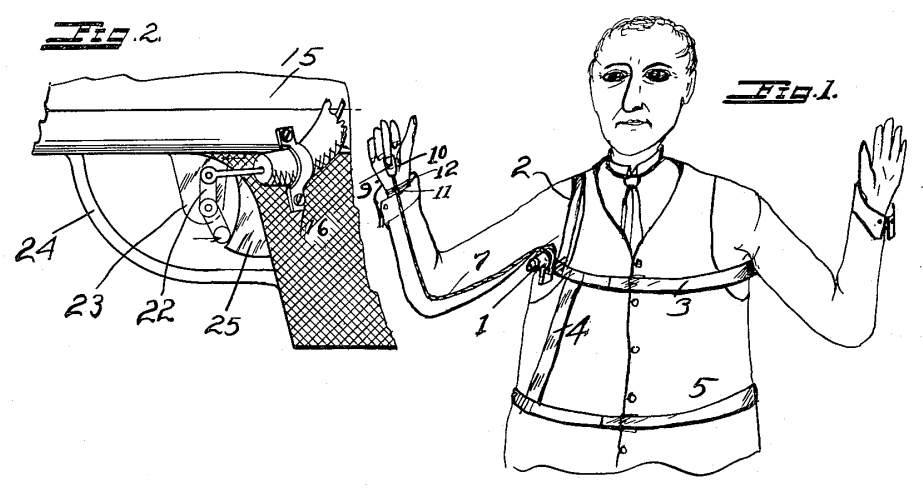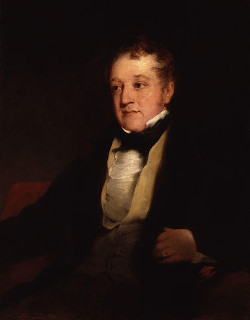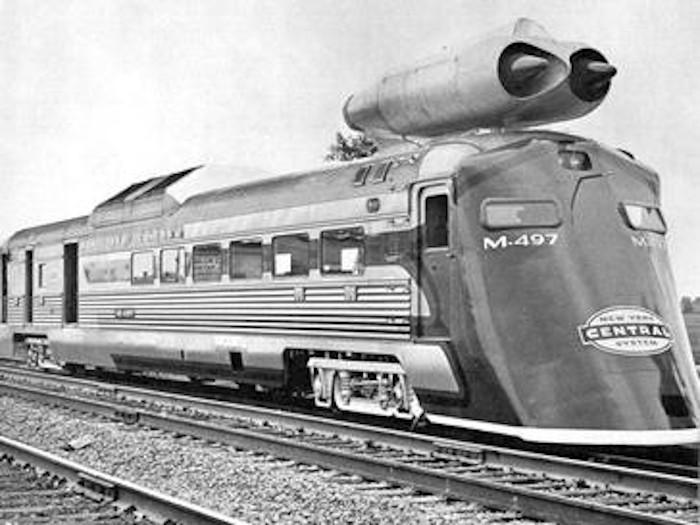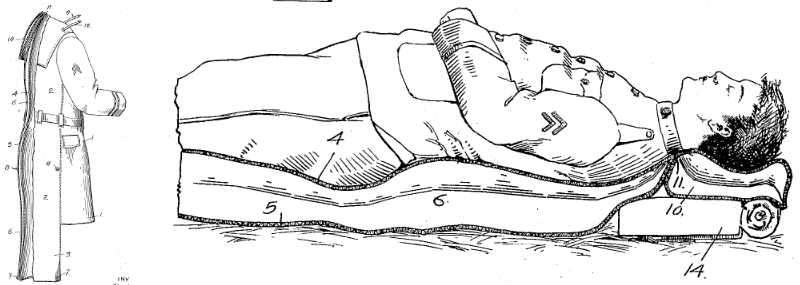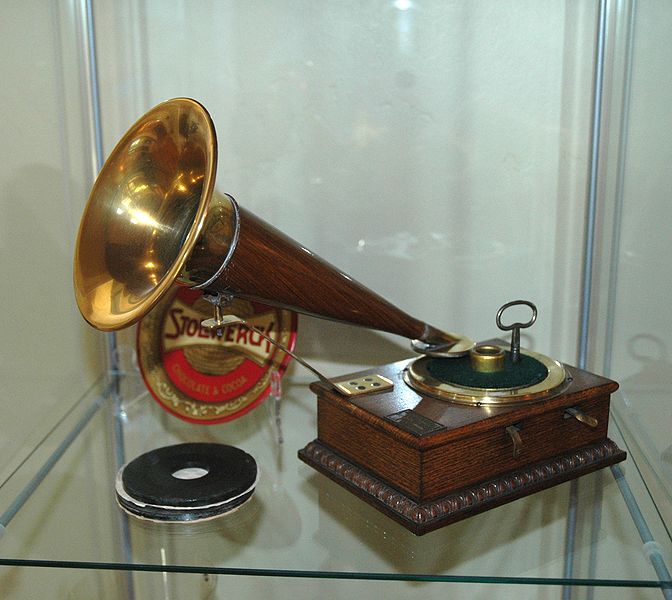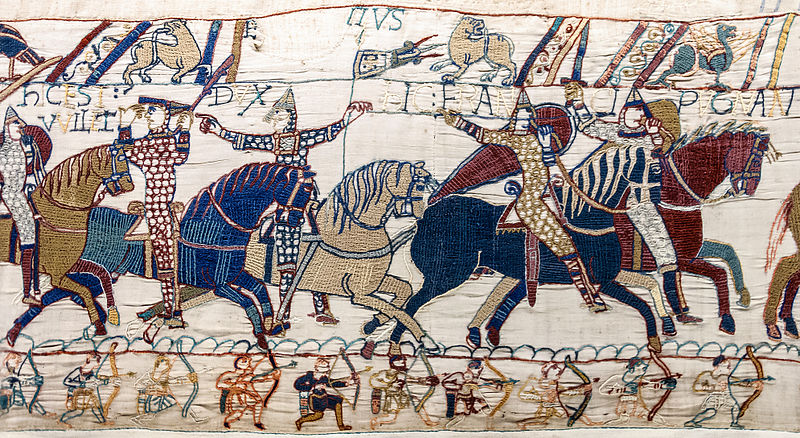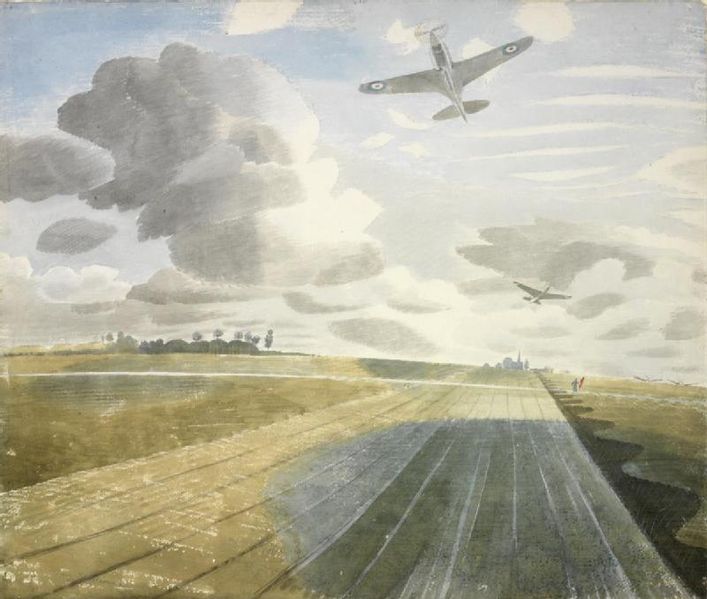Here’s a piano reciting the Proclamation of the European Environmental Criminal Court.
It was programmed by Austrian composer Peter Ablinger for World Venice Forum 2009, sponsored by Italy’s Academy of Environmental Sciences. Ablinger wanted to convey an environmental message by musical means, so he asked Berlin elementary school student Miro Markus to read the text and then translated the frequency spectrum of Markus’ voice to the piano.
“I break down this phonography — meaning a recording of something, the voice, in this case — in individual pixels, one can say,” Ablinger explained. “And if I have the possibility of a rendering in a fairly high resolution (and that I only get with a mechanical piano), then I in fact restore some kind of continuity.”
“Therefore, with a little practice, or help or subtitling, we actually can hear a human voice in a piano sound.”


